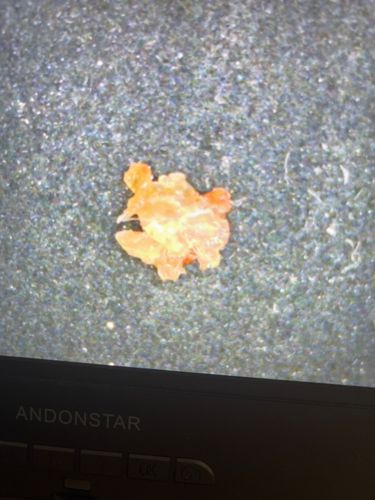Fungus Gnat (Larva)
Scientific Name: Various species, often Bradysia spp.
Order & Family: Order: Diptera, Family: Sciaridae, Mycetophilidae, or Bradysia
Size: Larvae typically 4-6 mm (0.16-0.24 inches) long, translucent or whitish with a distinct black head capsule.

Natural Habitat
Damp soil, potting mix, decaying plant material, compost piles, and other environments rich in fungi and organic decomposition. Commonly found in greenhouses and around houseplants.
Diet & Feeding
Mainly fungal hyphae and decaying organic matter in soil. In high numbers, they can feed on the tender roots of plants, especially seedlings and cuttings, causing plant damage.
Behavior Patterns
Larvae develop in areas with fungal growth and decaying plant matter. They are often found in damp environments and may be seen on houseplant soil. The larval stage is responsible for most feeding and growth. Adults are short-lived and primarily focused on reproduction. They are typically weak flyers.
Risks & Benefits
Potential risks include damage to plant roots, particularly seedlings and young plants, leading to wilting or stunted growth. They are generally not harmful to humans or pets. Benefits are minimal but they can contribute to decomposition of organic matter.
Identified on: 9/4/2025